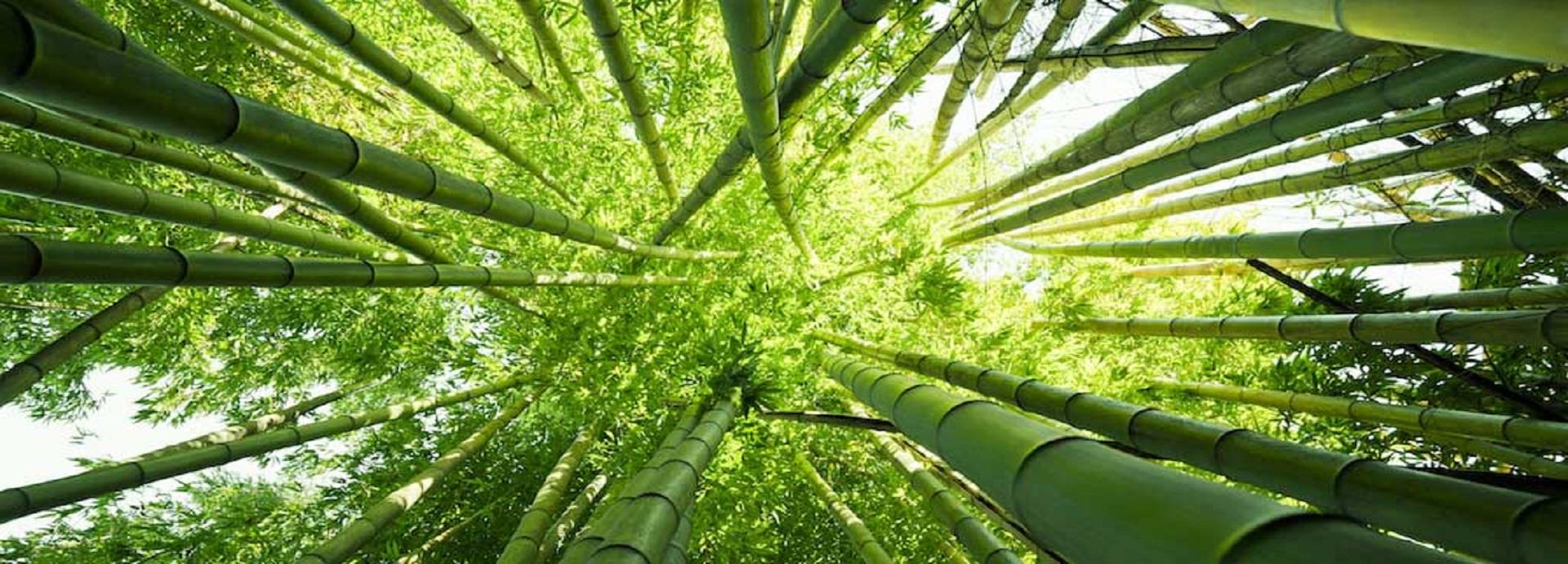

It's easy to see why petrochemical plastics have become the go-to material in today's mass-production economy. They're cheap, lightweight, durable, versatile, and relatively simple to produce. Finding eco-friendly alternatives that can match these qualities is an enormous challenge, but it's one that many are willing to take up.
The most straightforward way to replace plastic items is to switch to a natural, non-plastic alternative. A lot of intriguing options are already on the market that do just that. The catering industry, for example, is testing the waters with disposable cutlery made from bamboo and drinking straws made of pasta.
A UN report released in May highlights a number of projects along similar lines. German company Leaf Republic has developed plates and bowls fashioned from banana leaves. Mycelium, the vegetative part of a fungus, is being used in the US to create compostable packing material. In Indonesia, a social enterprise called Evoware is turning seaweed into thin-film packaging for dry goods. It's too early to say which or to what extent these eco-replacements will make inroads in the global marketplace, but chances increase with each new innovation.
Bioplastics
Another promising strategy for tackling the plastics issue involves re-engineering plastic to make it more biodegradable. Bioplastics are created by replacing the petro-based polymers found in common plastics with those made from renewable biomass sources, usually those containing starch, cellulose or lactic acid.
When discussing bioplastics, it's important to be careful with terms. Bio-based doesn't mean biodegradable, and a large portion of bioplastics aren't, at least in any practical way. Even some items labelled “biodegradable” will break down only in high-temperature, industrial composters.
To really meet the sustainability challenge, a bioplastic has to be both bio-sourced and able to degrade in multiple environments such as soil, fresh water, marine water, and compost. Research organisations around the world are working to create materials that do just that, while still meeting the other requirements of the plastics they're replacing.
One outfit on the leading edge of the battle is the University of Georgia's New Materials Institute (NMI), which works with donors and industry partners to develop alternatives for each category of disposable plastics.
NMI's Director for Technology Development and Implementation, Dr Branson Ritchie, explained that his team starts by identifying an industry partner ready for the change, and then works with them to engineer biodegradable resins that meet their individual specifications.
An example of the institute's early success was the development of microbeads, for use in the cosmetics and personal care industry, that can degrade quickly in sewer systems or any other microbe-rich environment. Ritchie said he expects more companies to seek his team's assistance as word of NMI's achievements spreads.
Price point
Even when all the engineering kinks are worked out, bioplastics still face a huge roadblock in their competition with conventional plastics: price.
“At this point there is not a bio-degradable plastic that is as cheap to produce as those sourced from petroleum,” Ritchie notes. However, he believes that as the true costs – waste disposal, environmental damage, human, and animal health problems – of managing petroleum-based plastic waste are calculated and charged, the biodegradable plastic alternatives will be less expensive than petroleum-based plastics.
As an example of how this is starting, he cites the UK's proposed “latte levy” of 25p per coffee cup. “Many people are unaware that the interior of coffee-type cups and food boxes are coated with a petroleum-based plastic film that will remain in the environment for thousands of years,” he said.
Beyond governments forcing industry to shift the pricing dynamics, Ritchie says the success of bioplastics will depend on funding.
“It has taken approximately 60 years for us to now be swimming in oceans of plastic and the sooner we increase our support from foundations, donors and industry partners, the quicker we can increase our technology development to resolve the problem,” he concludes.

